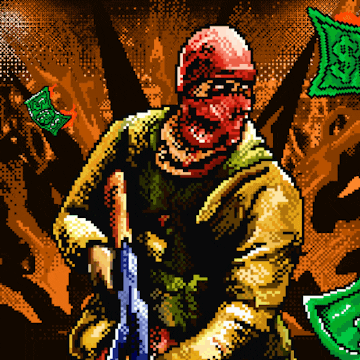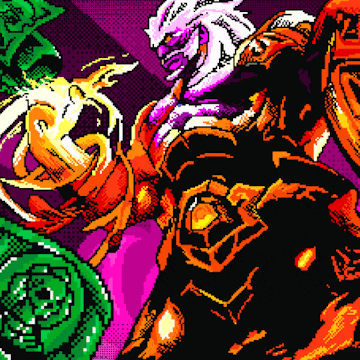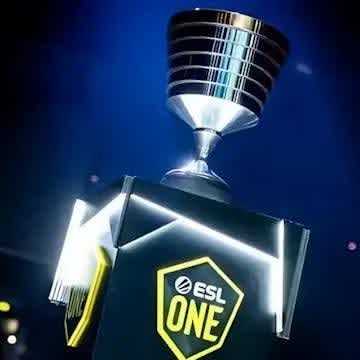ESL One Mumbai: a cautionary tale for CS fans
The spectacular downgrade – if not quite a collapse – of ESL’s first DOTA venture in India highlights the challenges of keeping the non-DPC events relevant from the perspective of the top sides. It’s an interesting counterpoint to CS:GO’s third-party circuit, where many fans wish for a TI-esque ultimate event and a more centralized system of incentives for the various events across the calendar. As it turns out, even prestigious companies struggle to maintain interest in tournaments that don’t lead up to the crown jewel of it all, which essentially means Valve picks winners and losers when awarding the major and minor designations.
What would it take for five top-tier CS:GO sides to withdraw from a $300 000 LAN event only five days before it’s scheduled to begin? This is exactly what happened with ESL One Mumbai, a new DOTA tournament with seemingly everything a third-party tournament needs to succeed, apart from the most important element of it all: DPC points. Events that are not part of the DOTA Pro Circuit (only eight of which take place in a season) are facing a titanic struggle to attract the top talent in the game, especially when the tournament is scheduled fairly close to another one in the circuit, like this one happens to be. With the OGA Dota Pit minor starting on April 22, there’s not enough money to offer to the teams still in the hunt for a spot at The International.

This, in turn, means that it’s a much worse value proposition to hold a large-scale LAN event outside the DPC, apart from hoping that it will eventually be rotated into the circuit in the future. It logically follows that the non-DPC LANs are way further down the food chain. Think DreamHack Opens and nothing else in the third-party scene.
Apart from a question of tastes, this also raises important questions about the sustainability of the ecosystem. What’s the incentive to build yourself up all the way to a prospective DPC organizer and does the path become rockier on the way there for the teams as well? No wonder Valve keeps tweaking with the setup in DOTA as well, even though it seems very nice and streamlined from the outside.
It has to be said that the current CS:GO setup has certain issues as well, but they have more to do with the way the majors themselves are organized than anything else. Until Katowice, the unseeded Swiss system and the myriad of best-of-one matches greatly increased the variance – and therefore reduced the prestige – of the events. The same was true for the rigid system of invites where a team that performed well two majors ago (an eternity in the CS:GO world) would still get to stink up the place for a few games. These concerns were mostly resolved by the time the Katowice major rolled around, though not in their entirety. For all intents and purposes, this format is fine.
What isn’t fine is the new development where top teams can pick and choose to such an extent between their events that we’ll have to wait until July to see the top teams facing each other in a competitive format. RFRSH’s steadily growing impact on Astralis’ tournament presence also isn’t helping things, and a complete lack of a centralized leaderboard (apart from independent initiatives like the Intel Grand Slam) can potentially lead to disintegration, ironically enough, due to the strength of said third-party field.
So perhaps the old adage is true across Valve’s esports titles as well: the grass is always greener on the other side…






